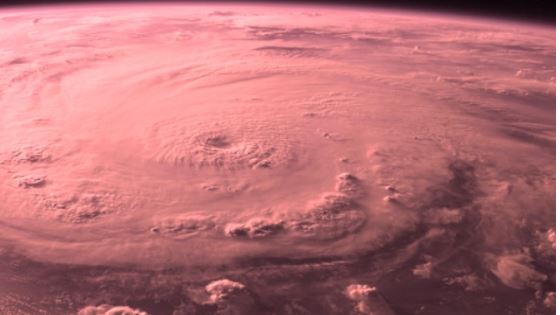WordPress database error: [Table './trishlldefenceac_def/wp_post_views' is marked as crashed and should be repaired]SELECT SUM(count) AS views
FROM wp_post_views
WHERE id IN (14195) AND type = 4
Now scientists have come up with a new idea for how the Earth got this more oxygen. The new theory is that, this has happened because, now the motion of the planet Earth has slowed down a bit and its days have become somewhat longer.
One such study, which was published on August 02, 2021, proposed this theory and tested how long, sustained daylight exposure caused a strange type of bacteria. to produce a lot of oxygen, making most of life possible on Earth.
One of the greatest known mysteries in science is how the planet Earth has changed from a planet with minimal oxygen to a planet with air that is breathable for us now.
Scientists and experts in this field had long detected bacteria called cyanobacteria, which were involved in the evolution of oxygen, but these scientists and experts were not able to find out and tell when this great oxygenation event began. Hui.
Researchers involved in a study in Monday’s Nature Geoscience proved that Earth’s slow rotation, which gradually increased the duration of the days from 06 hours to the current 24 hours, could make the planet more breathable. For these bacteria or cyanobacteria was important.
Ram Mandir To Be Open For Hindu Bhakts From Dec 2023
About 2.4 billion years ago, there was so little oxygen in the Earth’s atmosphere that it could hardly be measured and, therefore, no plant or animal, as it is now known, could survive on our planet Earth. Instead then, many bacteria breathed in carbon dioxide, and in the case of cyanobacteria, it produced oxygen in the earliest forms of photosynthesis.
To answer this, University of Michigan oceanographer Brian Arbic has come forward as he studies the tidal forces on Earth and explains how these tidal forces slow the Earth’s rotation.
Researchers in Germany and Michigan tested their theory with a bacterium that lived on our Earth about 2.4 billion years ago. Scientists used purple and white mats (surfaces) of cyanobacteria living in a strange world of sinkholes about 79 feet deep in Lake Huron.



